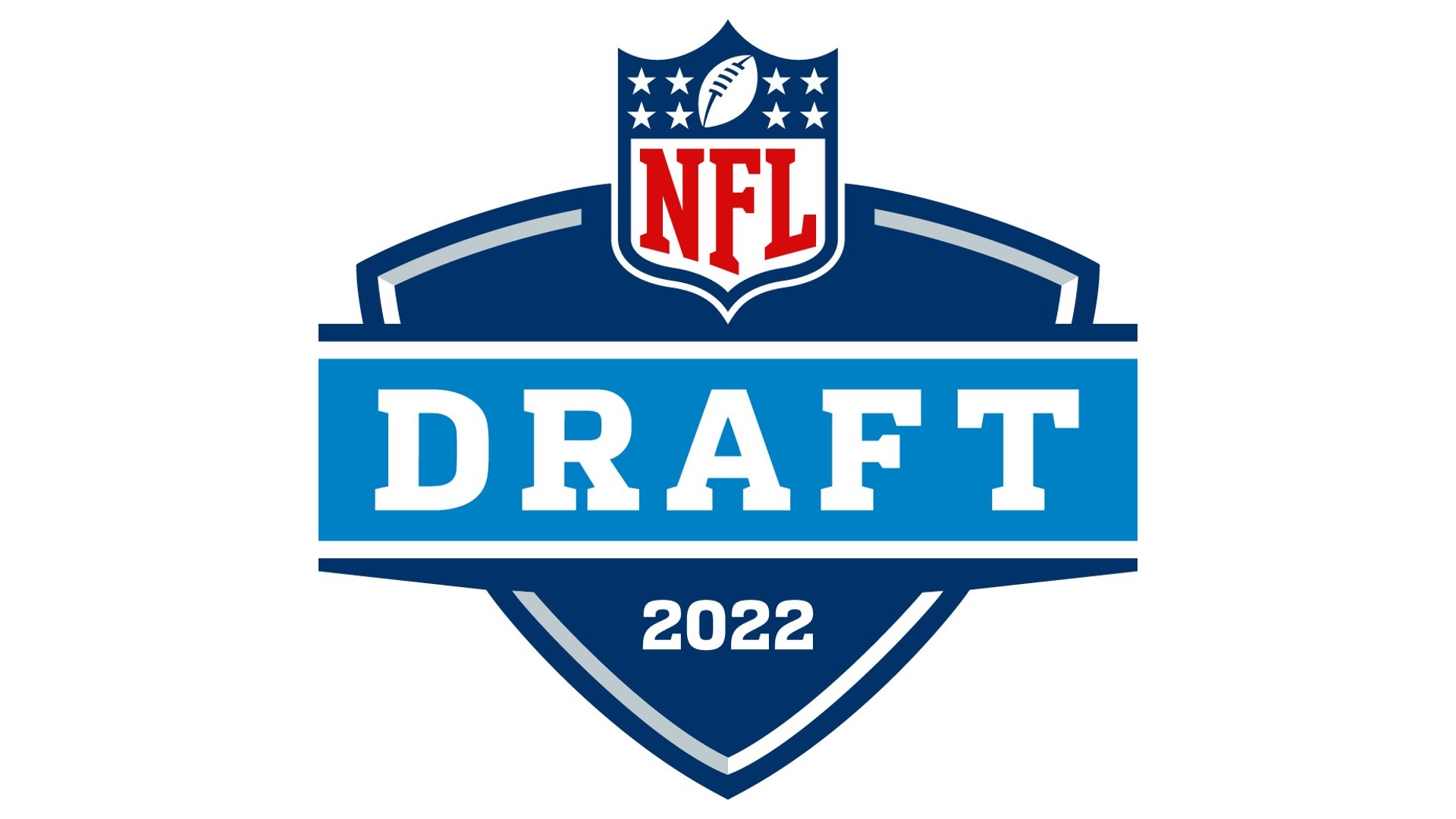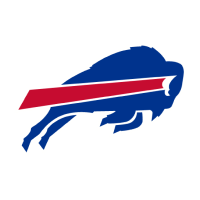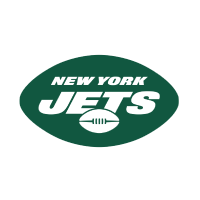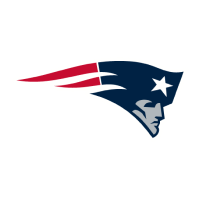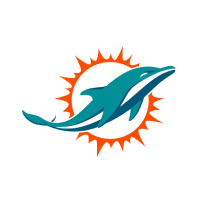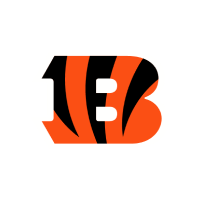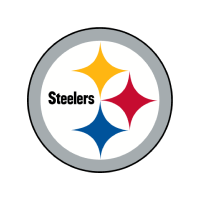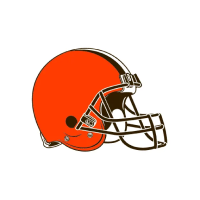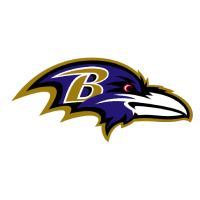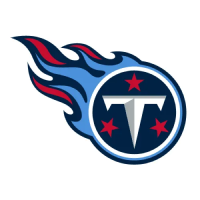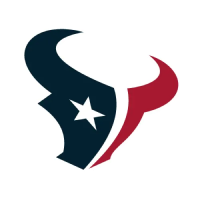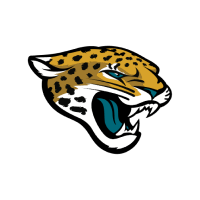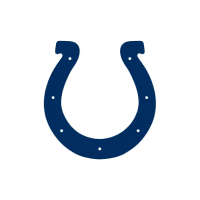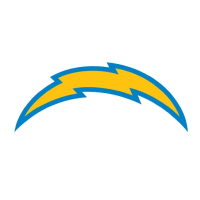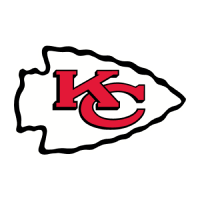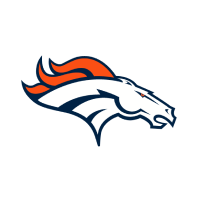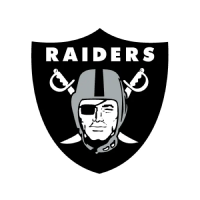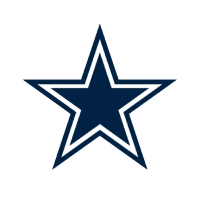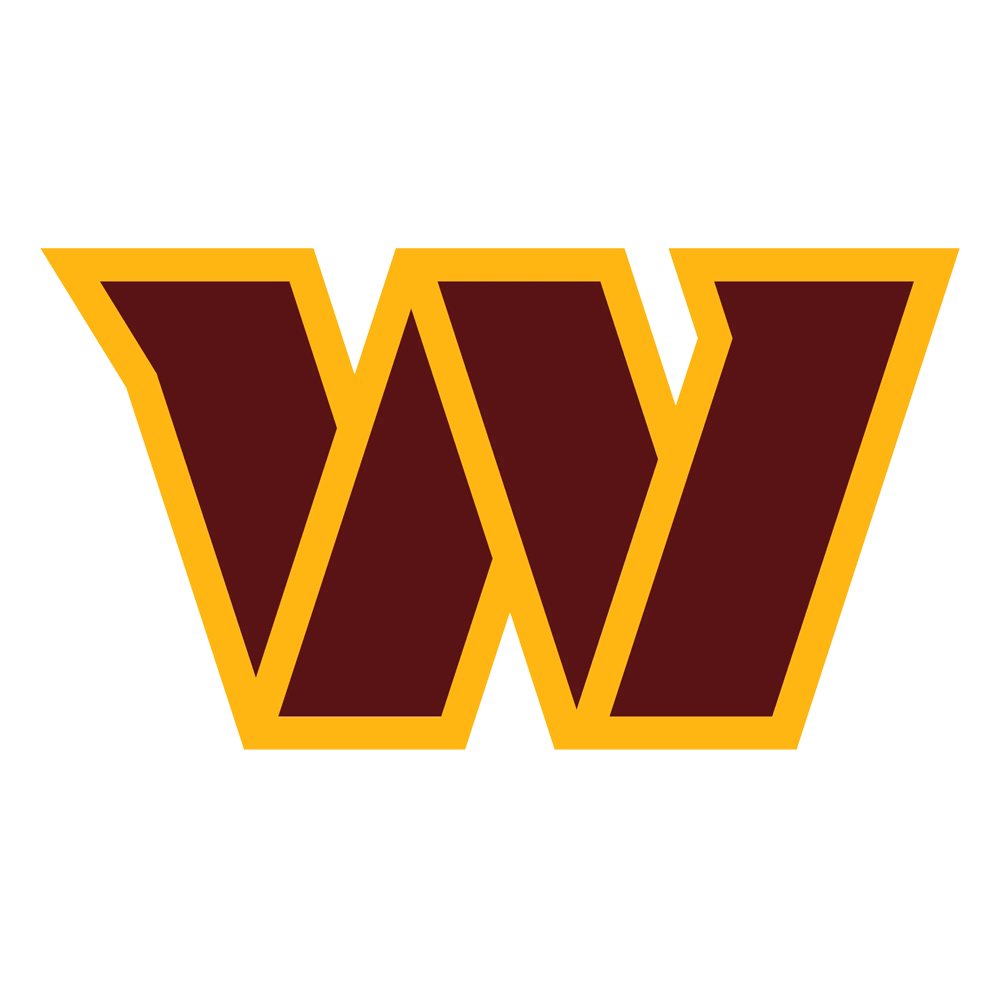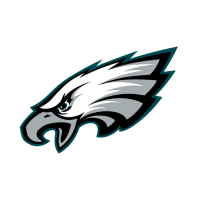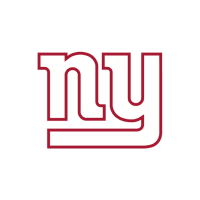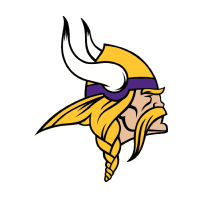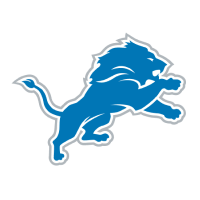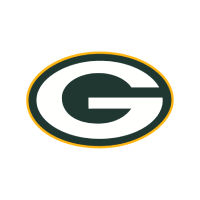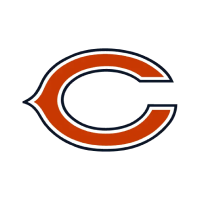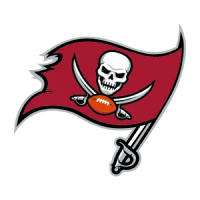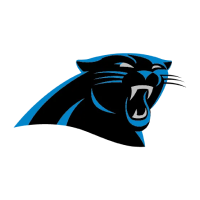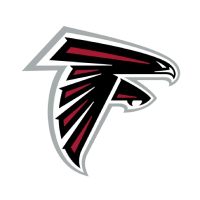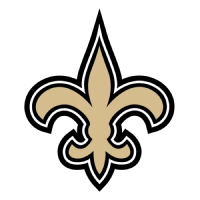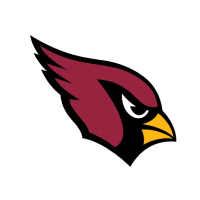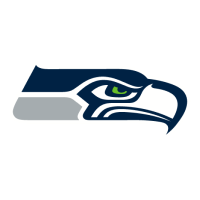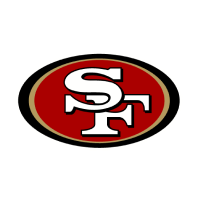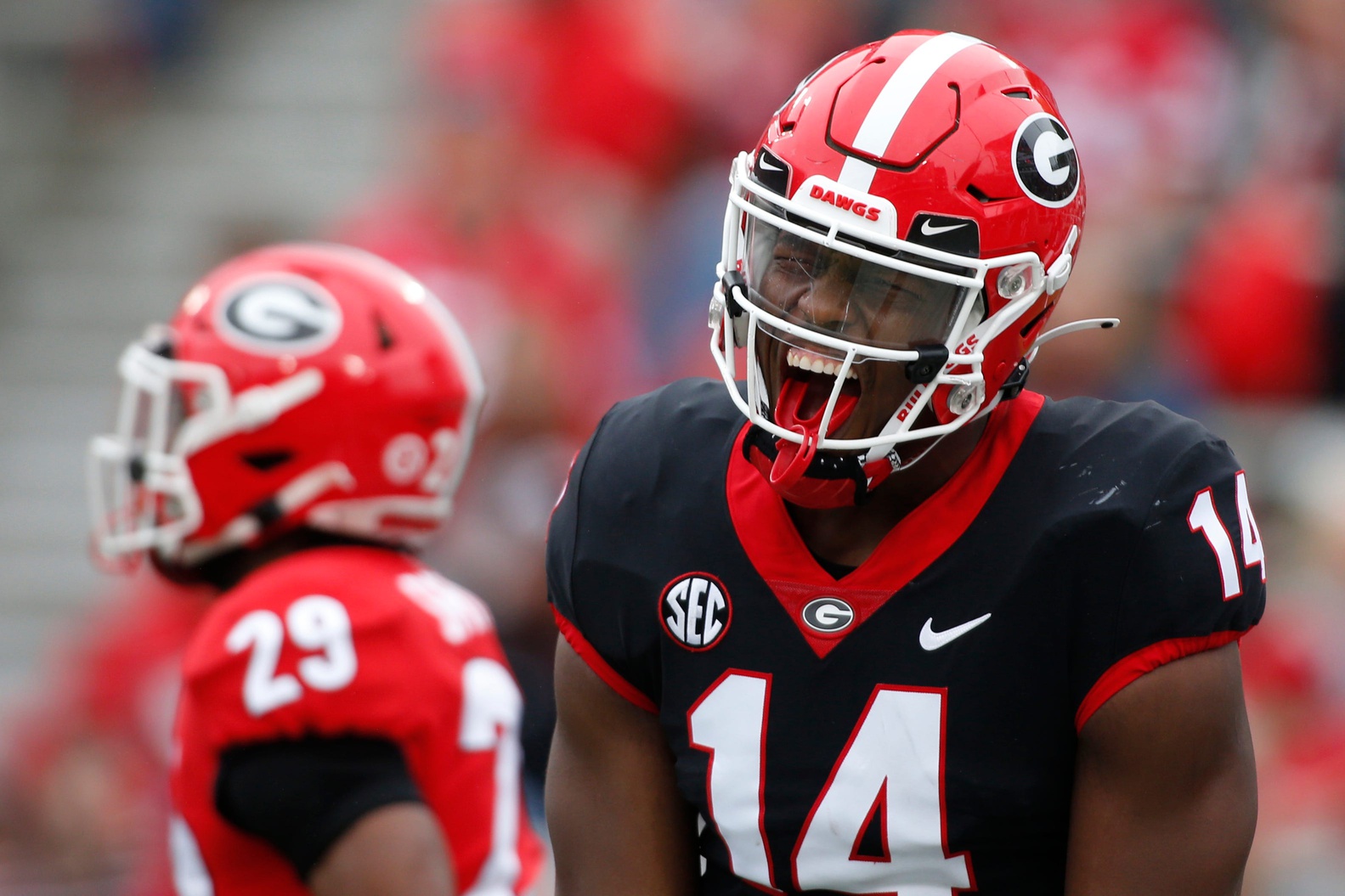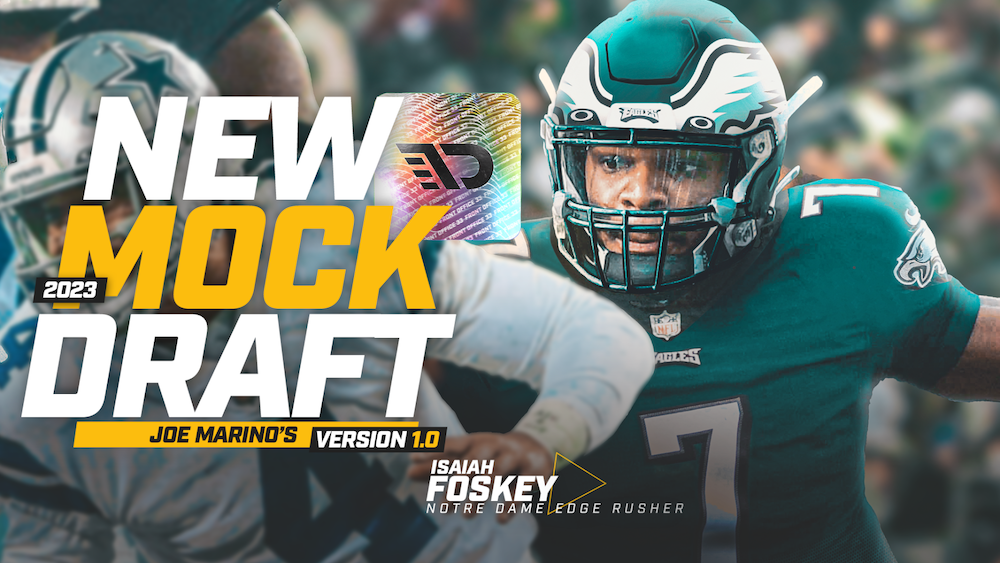The New York Jets nearly won a game, which on the Jets scale of winning games, is a multi-score victory. On Monday Night Football, backup veteran quarterback Joe Flacco churned out one of the best quarterbacking performances we’ve seen from New York in recent years, throwing for three touchdowns and 262 yards on 25 attempts. Of course, Flacco was only playing because starting quarterback and hot-button trade target Sam Darnold was out with a shoulder injury. Now in his third season with the Jets, Darnold remains an intriguing developmental player to teams outside of New York, who believe they can work his physical tools into a starting-caliber quarterback out from the shadow of Adam Gase’s anemic offense.
These rumors led to the pregame segment on ESPN in which NFL insider Adam Schefter shared the expected capital it would take for a team to acquire Darnold: a second- and a fifth-round pick.
At this stage, it’s difficult to argue that Darnold would warrant a first-round pick via trade. After costing a first and three seconds in the Jets’ trade-up with the Colts in the 2018 draft, Darnold has never reached the expectations set for a third overall pick. Even for his youth—he’s still 23 years old—he now has three years of starting experience under his belt, and any effort in rehabilitating his game will require unraveling a band of ingrained bad habits: poor responses to pressure, poor footwork in the pocket, poor risk management in his progressions. So while the cost seems cheap, it’s because Darnold is truly a long shot to stick as a starting-caliber quarterback anywhere in the league, even out from Gase’s thumb.
With that said, there are always teams in good positions to take home run swings at quarterback, a position in which even the slightest chance of a franchise player requires investigation. If Schefter’s suggested price of a second- and a fifth-round pick is on the nose, then most teams have sufficient draft capital to make that exchange without mortgaging their future. Accordingly, we’re now looking at environments exclusively.
Because the trade deadline has passed, this isn’t as much of an investigation into teams’ current environments as it is their future ones. The earliest that a team could trade for Darnold is the opening of the 2021 league year in the middle of March. That makes things murkier. Teams with quarterbacks currently on contract years could very well have reps for Darnold to win in 2021, or could have those jobs locked down. Teams on the fringe of the top 10 in the draft order now could end up trading up for a rookie come April, but still want to take a look at Darnold on the depth chart just in case. We’re far out from a Darnold trade, and that distance muddies our projections.
With that said, a lot of teams can justify adding young quarterbacks, so we have a large pool to pick from. Here, I take a look at the most popular spots.
Pittsburgh Steelers
There is no team that has a more significant need at “young, maybe good” quarterback than Pittsburgh. The team is clearly championship-caliber with incumbent Ben Roethlisberger, who is 38 and even more consistently banged up now than he was when he was younger. Roethlisberger is only under contract only through 2021, and—I don't know if I mentioned this—betting on him to be healthy on any given week is a dangerous game. His deep accuracy alone has clearly been drained following his elbow injury from last season.
Given that 2019 injury, the Steelers got a long look at both of their “young, maybe good” quarterbacks in Mason Rudolph and Devlin Hodges, and that was a concerning experience. Both Rudolph and Hodges were, at times, benched for the other and while both remain rostered, the Steelers clearly could improve on both with Darnold.
The Steelers may only have a one-year window left to take home run swings on young quarterbacks before they really have to step up and invest in an early, highly-drafted pick to replace Roethlisberger. A second and a fifth for a chance to get their quarterback of the future is an easier pill to swallow than multiple first-round picks in a trade-up for a rookie, and while a rookie has a better chance to be successful in the league, it’s still worth the risk. The Steelers are already out their fifth-round pick in 2021 as a result of the Chris Wormley trade, but still should make that move for a backup to Roethlisberger in his final year and a competitor for the starting job in 2022.
Tampa Bay Buccaneers
Speaking of teams that have aging quarterbacks and the opportunity for development and a timeline in which Darnold doesn't need to start right away… hello Bruce Arians!
Arians and Tom Brady have had an interesting marriage thus far in Tampa Bay, as they continue trying to riddle out the balance between an aggressive, vertical passing game and a risk-averse, timing-based passer. How that shakes out will be a fun storyline to follow through the rest of the season and into the playoffs. But regardless of how things go, Brady is under contract into 2021 and will be the starting quarterback for Tampa Bay next year—that much is obvious.
Accordingly, Tampa Bay has the developmental timeline that would give Darnold a full year under Arians, renowned for his ability to develop talented passers like Darnold. The concern here is that, well, Arians may not want to hang around for too long after Brady hangs up the cleats. Arians has already retired once and the Buccaneers are clearly pushing all of their chips in on Brady’s window. Darnold may get that year under Arians, but there’s no guarantee that Arians sticks around to continue that developmental arc for Darnold.
Indianapolis Colts
This is an extremely popular one but I don't find it as compelling as others seem to. With both Philip Rivers and Jacoby Brissett on contract years in 2020, if the Colts do acquire Darnold, he’ll almost definitely be their starting quarterback in 2021 barring a sudden Jacob Eason growth (not likely), a good rookie drafted at the back half of the first round (maybe, but tricky), or another free agent signing winning the job.
But the argument that Darnold just needs a change of scenery and a new head coach, to magically get good at quarterbacking is a difficult case to make. It’s not so easy as to say “Flacco was good against the Patriots, Darnold has not been good this year, Gase is a good head coach and the offense is actually talented.” But Darnold has bad habits that exist outside of Gase’s poor development and offensive track records, and just playing for Frank Reich won’t suddenly make those go away.
He needs time in practice and development without the stress to win immediately. Indianapolis could have given him that if they acquired him previously, but on this timeline, it’s not as likely.
San Francisco 49ers
Why this doesn’t make sense: Darnold has poor footwork, he has inconsistent short to intermediate accuracy, he is a haphazard decision-maker who doesn’t thrive on timing concepts, and he has an elongated release, all of which don’t work well with Shanahan’s style in the passing game.
Why this does make sense: Darnold is from California!
In all seriousness, figuring out how this one works is tough. Jimmy Garoppolo is cuttable starting next year, but if the 49ers want to cut him and improve upon their quarterback position, they probably want to do so with a decisively, inarguably better quarterback than Garoppolo. Darnold is not that at all, and you could argue that stylistically, the fit is prohibitive to seeing immediate returns on Darnold.
The 49ers need a better quarterback. This isn’t an avenue for that.
Filed In
Related Articles
NFL Draft
Arik Gilbert Doesn’t Need Big Workload To Be A Top NFL Draft Pick
- Aug 22, 2022
NFL Draft
2023 NFL Mock Draft: Marino 1.0
- Aug 22, 2022
Written By
